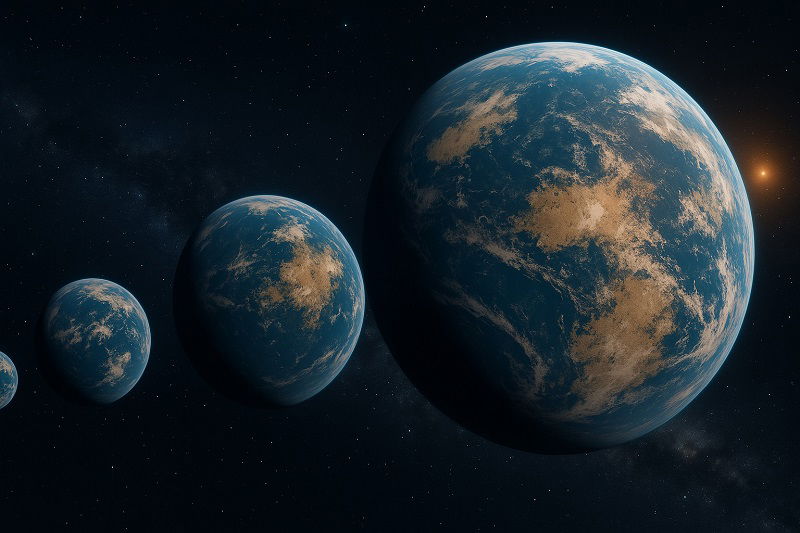Knowridge
4d
377

Image Credit: Knowridge
Earth-like planets may be more common than we thought
- A new study from Rice University suggests that Earth-like planets may be more common in the universe than previously thought.
- The study challenges old ideas by proposing that planets form in narrow rings of material around young stars, rather than from scattered space dust.
- The researchers used N-body models to simulate planet formation and found that super-Earths tend to form closer to the star, while mini-Neptunes form farther out.
- The model also suggests that some Earth-like planets could potentially exist in the habitable zone, where liquid water may be present.
Read Full Article
22 Likes
For uninterrupted reading, download the app